By Margaret Jasinska, Naturopath
Between ten and 15 percent of Australians are affected by gallbladder disease at some point in their life. Gallbladder surgery is one of the most commonly performed hospital procedures. Gallstones usually take a very long time to grow. Many people actually have one or several stones in their gallbladder for many years unknowingly.
Sometimes an intense, painful gallbladder attack is the first indicator of a problem.
That never really is the first sign though. If there is a problem with your gallbladder, it will let you know. Having stones in the gallbladder, or an inflamed gallbladder, or a gallbladder that doesn’t contract and empty properly will produce certain signs and symptoms. Some of them are subtle, while others are often considered to be simple indigestion or the symptoms of a fatty liver. Interestingly, people with a fatty liver are at greater risk of forming gallstones, so they particularly should keep an eye out for the symptoms below.
The most common signs and symptoms of gallbladder dysfunction include:
- Indigestion, particularly after rich fatty meals or dairy products.
- Abdominal bloating or a feeling of excessive fullness after meals.
- Reflux or heartburn.
- Diarrhoea or loose, urgent stools after some foods.
- Abdominal cramps or other pain after a meal.
- Discomfort behind the right shoulder blade.
- Moody, irritable disposition.
- Low tolerance to alcohol
- Bad breath and coated tongue
You may experience some or all of the above symptoms to varying degrees if you have gallbladder disease. Obviously these symptoms can also be caused by several different health problems.
Symptoms of a gallbladder attack
A gallbladder attack produces far more extreme symptoms. A gallbladder attack can occur if a gallstone gets trapped in the neck of the gallbladder, or gets stuck in a bile duct. This can inhibit the normal flow of bile and lead to a build up of pressure within the biliary system. Spasms of the bile ducts can also lead to pain and discomfort.
Symptoms of a gallbladder attack can be extreme and can lead to an emergency trip to the hospital. It is also possible to have a gallbladder attack when no stones can be found in the gallbladder. These symptoms can be caused by inflammation to the walls of the gallbladder (cholecystitis), or gallbladder sludge or a stone trapped within a bile duct inside the liver.
Symptoms of a gallbladder attack may include the following:
- Intense pain in the right upper quadrant of the abdomen (just behind the lowest rib on the right). The area can be so tender that it takes your breath away if you apply pressure to it.
- Nausea that may lead to vomiting
- Sweating
- Flatulence (intestinal gas)
- Diarrhoea
- Belching (burping)
- A fever
- Pain may radiate to the right shoulder blade, or between the shoulder blades
- The pain may be so intense that it becomes impossible to walk unless hunched over
- The pain may come and go or it may be constant
The symptoms of a gallbladder attack usually last between one and four hours. It most frequently occurs after a heavy meal, high in fat; typically after dinner. Therefore most gallbladder attacks occur at night.
Ideally you’d look after your gallbladder and address any problem long before it gets bad enough to produce a gallbladder attack. Many people don’t realise that if caught early, most gallbladder conditions can be greatly improved and surgery can usually be avoided. Your gallbladder is an important part of your digestive system.
Sure it’s possible to live without one, but for optimal health it’s best to try and save it.
For more information see our book Save Your Gallbladder Naturally, and what to do if you’ve already lost it.
If you are concerned about your health and suffer with the symptoms mentioned in this article, please consult your healthcare practitioner.


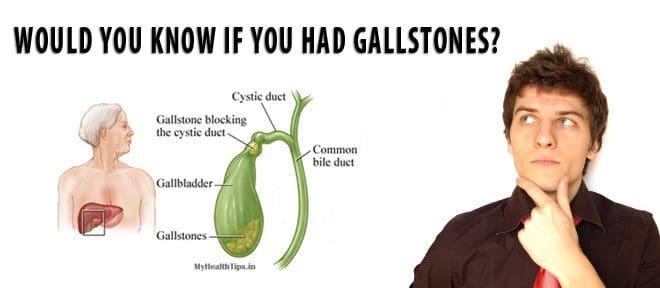

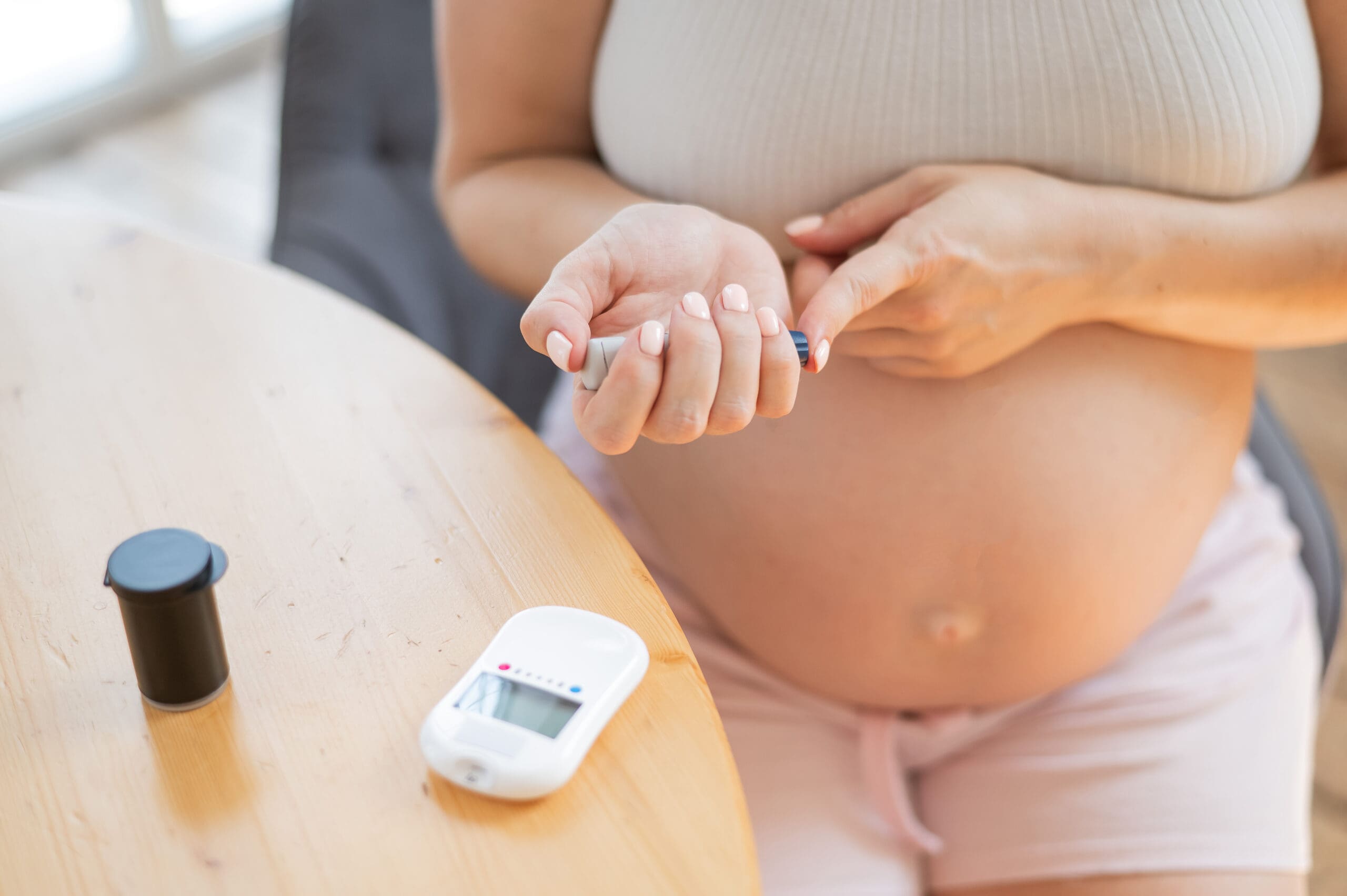

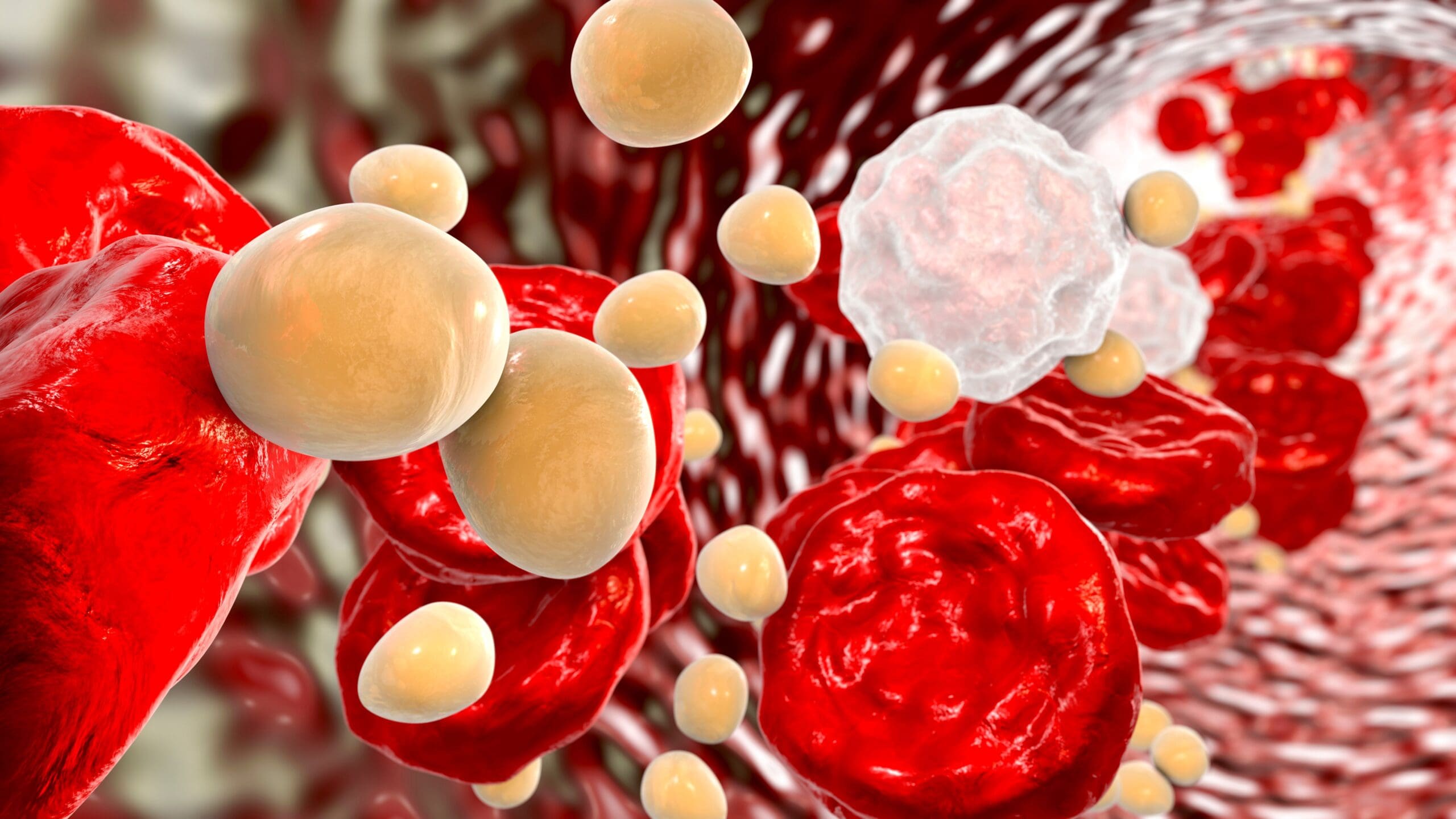
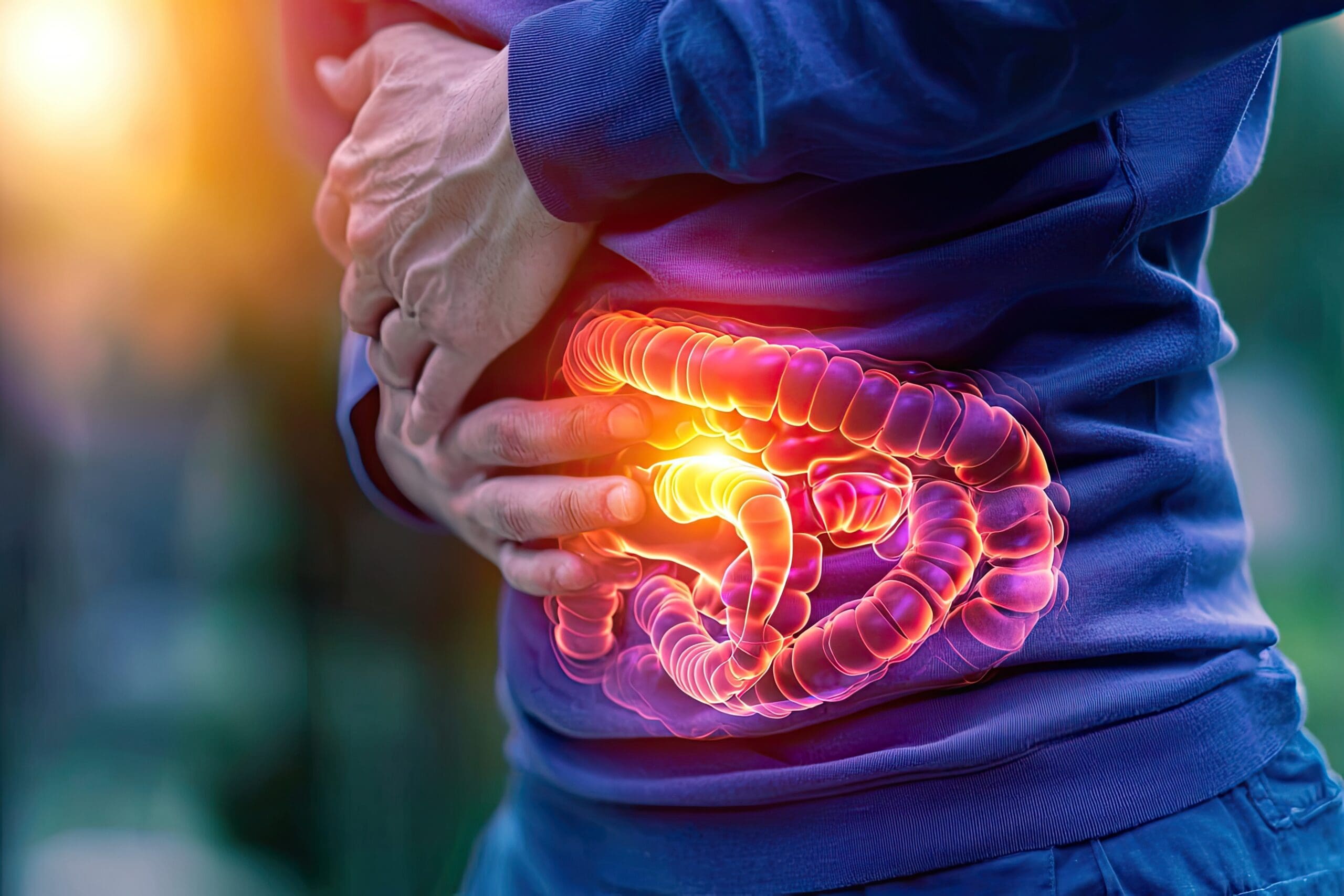
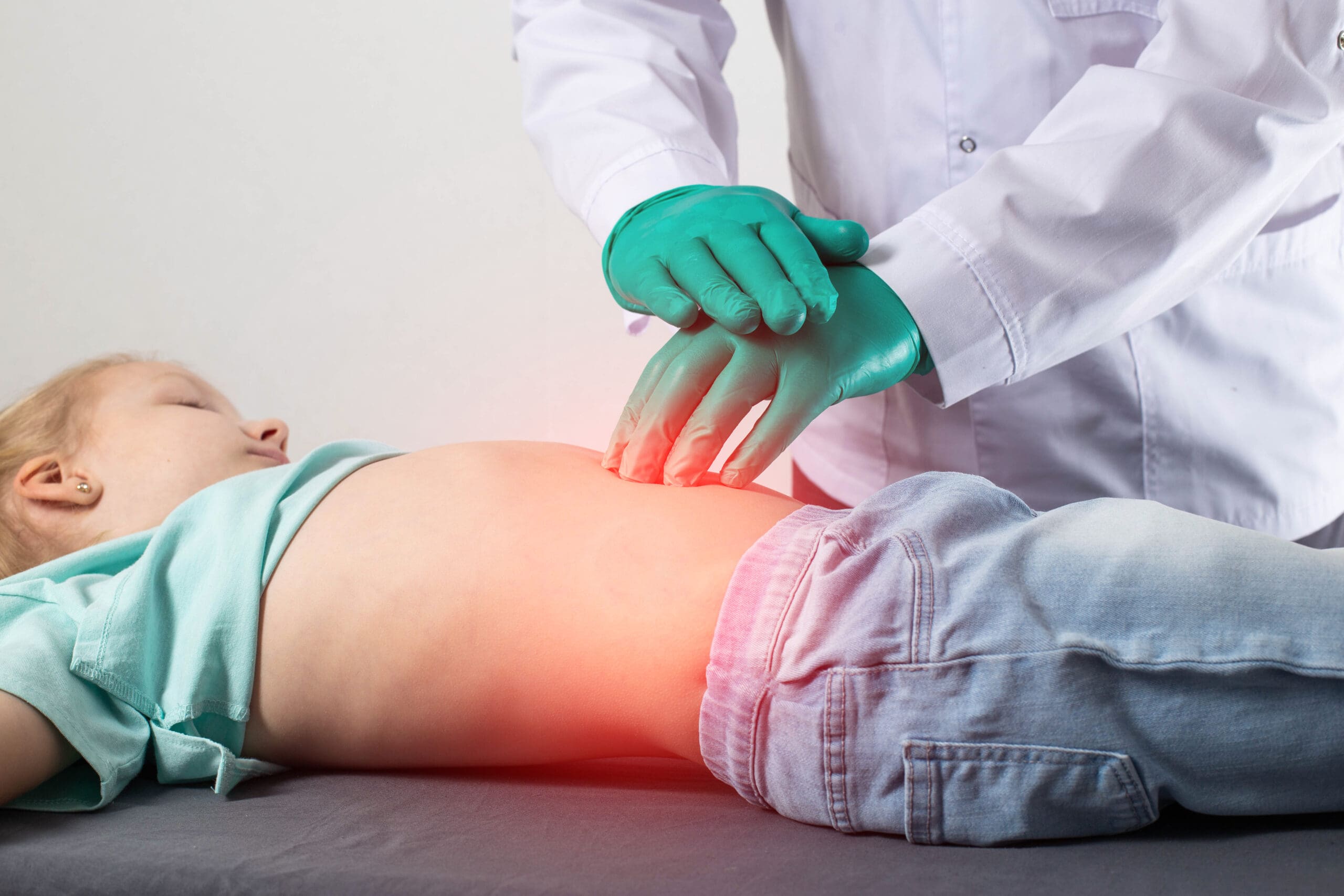
Leave A Comment